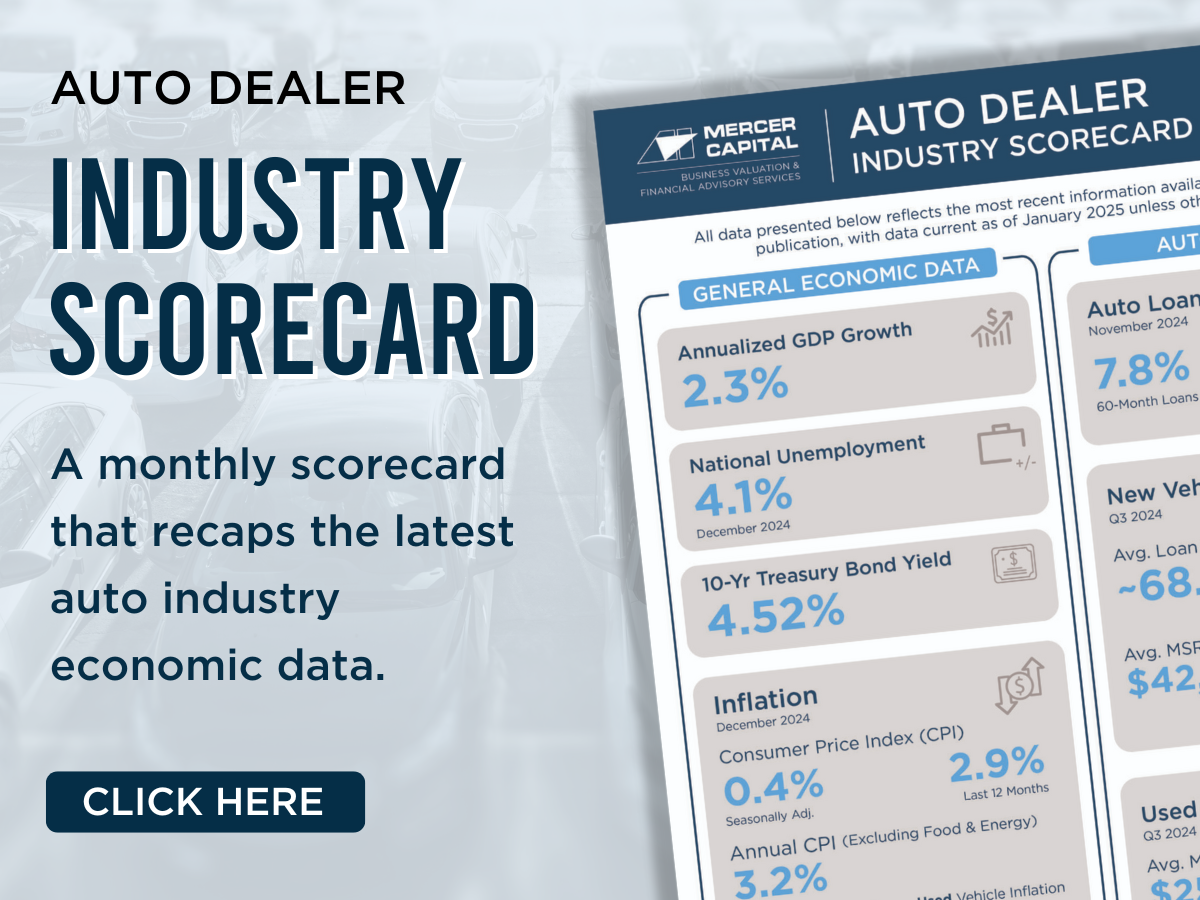April 2025 Auto Industry Tariff Update
Where Do We Stand and What Does That Mean for My Dealership?
The United States automotive industry has been navigating an increasingly uncertain landscape since the 2024 presidential election. Given how deeply globalized the industry is, automotive manufacturing often involves complex supply chains where parts and materials may cross borders multiple times before a vehicle reaches the end consumer.
Both Mexico and Canada play critical roles in the production, supply, and final assembly of vehicles that are sold domestically. This level of regional integration means that changes in international trade policy, particularly those affecting North American trade partners, can have a pronounced effect on operations, pricing, and availability. A shift in tariffs or trade terms can raise costs, delay production, or even temporarily halt vehicle flow to dealerships.
Since taking office, the current administration announced a series of tariffs that introduced uncertainty for both manufacturers and dealers. Below is a timeline of key developments from Washington, D.C., that are especially relevant to the automotive industry.
Timeline of Key Announcements
- February 1, 2025 – President Trump announced a wide range of tariffs on imports from Canada, Mexico, and China.
- March 26, 2025 – New auto-related tariffs were unveiled, including duties on completed automobiles and a separate tariff on auto parts.
- April 2, 2025 – In a speech labeled “Liberation Day,” the President introduced a universal import duty and elevated “reciprocal” tariffs on trading partners.
- April 8, 2025 – A final increase in the Chinese tariff package took effect, bringing the cumulative tariff rate to 145% via a new “reciprocal” layer on top of earlier hikes.
- April 15, 2025 – The President suggested that the administration may consider temporary relief for the auto industry from certain tariffs. While no specific timeline or policy framework was detailed, many in the sector are closely watching for changes related to the 25% tariffs on U.S. parts produced abroad and duties on assembled vehicles.
What Does This Mean for My Auto Dealership?
Lower Sales Volume and Profitability
If the newly imposed tariffs remain in effect, dealerships across the United States could face near-term headwinds. The 25% tariffs on imported vehicles and parts are expected to push sticker prices up, making new cars, trucks, and SUVs less accessible for many consumers. Without a meaningful offset, this increase in vehicle costs could lead to lower sales volumes and reduced profitability for many dealers.
Some manufacturers have already announced plans to temporarily absorb a portion of these increased costs.
Some manufacturers have already announced plans to temporarily absorb a portion of these increased costs. For example, Mazda stated it will take on approximately $100 million in tariff-related expenses during April 2025 rather than raising vehicle prices or passing new import fees to buyers. However, such accommodations are generally limited in duration. Most automakers will likely need to adjust pricing structures over time to reflect the realities of higher costs.
Auto dealers nationwide have already seen what some analysts describe as a “pre-tariff stampede,” where consumers rushed to make purchases ahead of anticipated price hikes. While this surge temporarily boosted sales to close out March, much of that demand has likely already been pulled forward, raising the possibility of a near-term slowdown as pricing pressures materialize across dealer lots.
Impacted Dealership Valuations
Beyond immediate pricing and sales concerns, trade policy also has implications for dealership valuations. While recent editions of the Haig Report® and The Blue Sky Report have not explicitly tied changes in observed blue sky multiples to trade policy, it is reasonable to extrapolate a relationship between them.
A brand’s exposure to international manufacturing or imported parts can materially affect its dealership valuation under new trade conditions.
Blue sky multiples are influenced by growth expectations and operational risk, two areas sensitive to shifts in trade and economic policy. A brand’s exposure to international manufacturing or imported parts can materially affect its dealership valuation under new trade conditions. Dealerships associated with domestic brands such as Buick-GMC or Chevrolet, which have seen recent multiple increases tied to sales momentum and refreshed product offerings, may be perceived as relatively lower risk in this new environment. Meanwhile, stores tied to brands with complex global footprints, such as Volvo, could see pressure on valuations if profitability becomes harder to maintain.
How are Publicly Traded Dealers and Manufacturers Reacting?
Publicly traded auto dealers have not been exempt from the significant contraction in market value seen across the entire stock market since the tariff announcements (down about 8.0% year-to-date upon the writing of this blog). Stock prices of the six publicly traded auto retail groups have also fallen by a median of approximately 8% year-to-date, with most of the decline coming after the announcement of tariffs in February and March. In fact, the median increase in the public dealer’s stock price was outpacing the S&P 500 before April 2, when the Liberation Day tariffs were announced.
On the other side of the supply chain, executives from several OEMs have spoken out and clarified their position on how they view the tariffs. Here are a couple of examples from Ford and GM:
“What we’re seeing is a lot of cost, a lot of chaos. […] If you look at the tariffs, let’s be real honest, long term, a 25% tariff across the Mexico and Canadian border will blow a hole in the U.S. industry that we have never seen.”
–Jim Farley, CEO of Ford Motor Company, February 12, 2025
“If they become permanent, then there’s a whole bunch of different things that you have to think about in terms of, where do you allocate plants, and do you move plants, etc. […] Those are questions that just don’t have an answer today, because I can tell you, as much as the market is pricing in a big impact of tariffs and lost profitability, think about a world where, on top of that, we’re spending billions of capital, and then it ends.”
–Paul Jacobson, CFO of General Motors, February 19, 2025
While these domestic players are indicating the trouble with tariffs, for import brands, these concerns are magnified.
Final Thoughts
While it’s hard to predict how U.S. economic policy will change over the coming weeks or months, our team is closely following how these trends will affect auto dealers. Because of the wide-ranging nature of the tariffs, their effects will be felt across public, private, national, and international auto manufacturers and dealers. More than ever, it’s important to stay up to date with changes in economic policy and understand what drives the value of your auto dealership. Stay tuned for future posts and resources from our team as updates unfold.
About Mercer Capital
Mercer Capital provides business valuation and financial advisory services, and our auto team helps dealers, their partners, and family members understand the value of their business. Contact a member of the Mercer Capital auto dealer team today to learn more about the value of your dealership.
 Auto Dealer Valuation Insights
Auto Dealer Valuation Insights 








